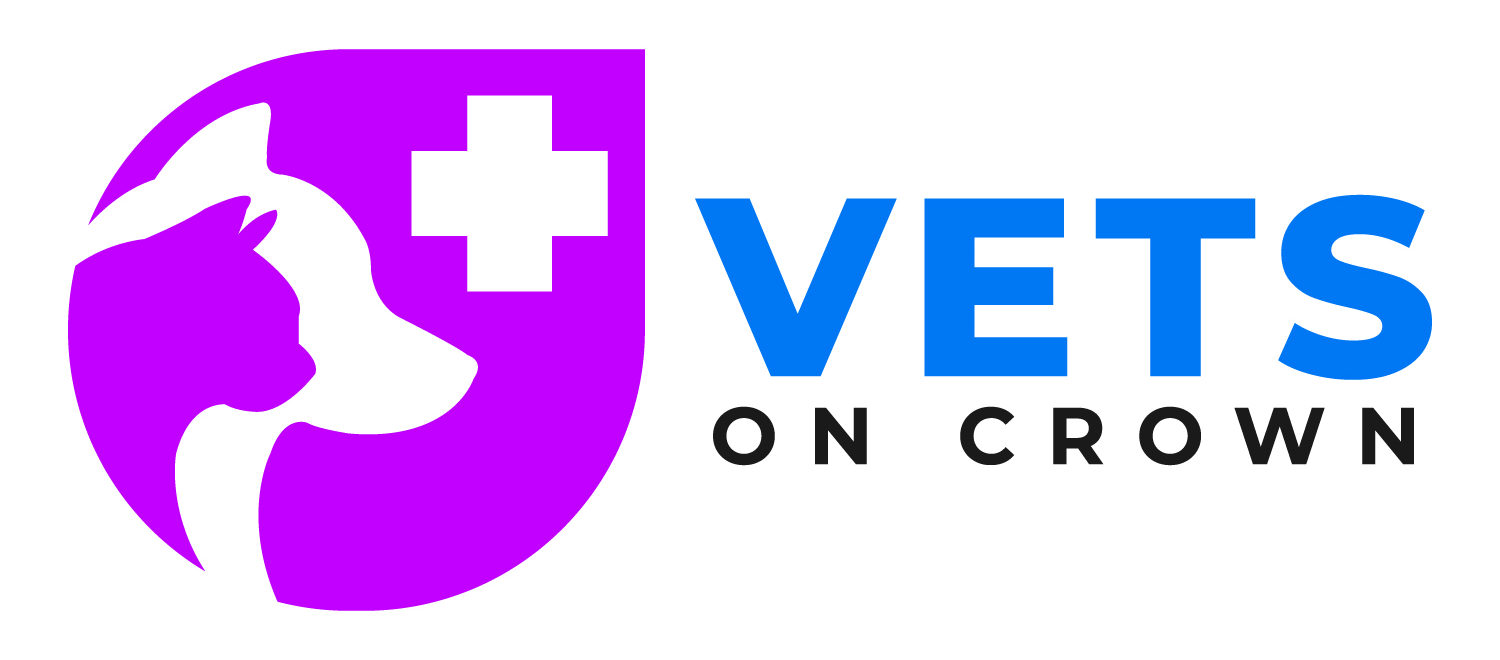Veterinary Resources
Brachycephalic Airway Obstruction Syndrome (BAOS) Information
Brachycephalic Airway Obstruction Syndrome or BOAS is a condition associated with brachycephalic breeds. Learn more below.
Veterinary Resources
Brachycephalic Airway Obstruction Syndrome (BAOS) Information
Brachycephalic Airway Obstruction Syndrome or BOAS is a condition associated with brachycephalic breeds.
Brachycephalic breeds include French Bulldogs, Pugs, Pekinese and cats such as Persians and Himalayans.
Their short facial conformation can result in narrowed nostrils, and less space for the soft tissue structures of the upper airway. This can result in airway obstruction which can present from a degree of snoring up to difficulty breathing during exercise and in the heat.
Animals that suffer from BOAS will have one or more of the following characteristics:
- Narrowed Nostrils
- Referred to as Stenotic Nares, this is the narrowing of the opening of the nose reducing the intake of oxygen via the nose. This can result in the dog struggling to take in as much oxygen as required and lead to respiratory distress.
- Long Soft Palate
- The soft palate is the fleshy part on the roof of the mouth is often too long and droops down causing obstruction at the back of the throat. The dog then has to exert more effort in breathing to move the soft palate out the way.
- Everted Laryngeal Saccules
- These are small sacs that sit on each side of the trachea, and these can evert causing further obstruction of the airway.
- Elongated tongue
- Due to their small faces, these breeds often have tongues that are too long for their mouths, and this can contribute to obstruction if they do not have their tongues out.
If you think your pet may suffer from BOAS, please book an appointment with one of our Vets who can answer any questions you may have.
You can watch a video about BOAS here:
